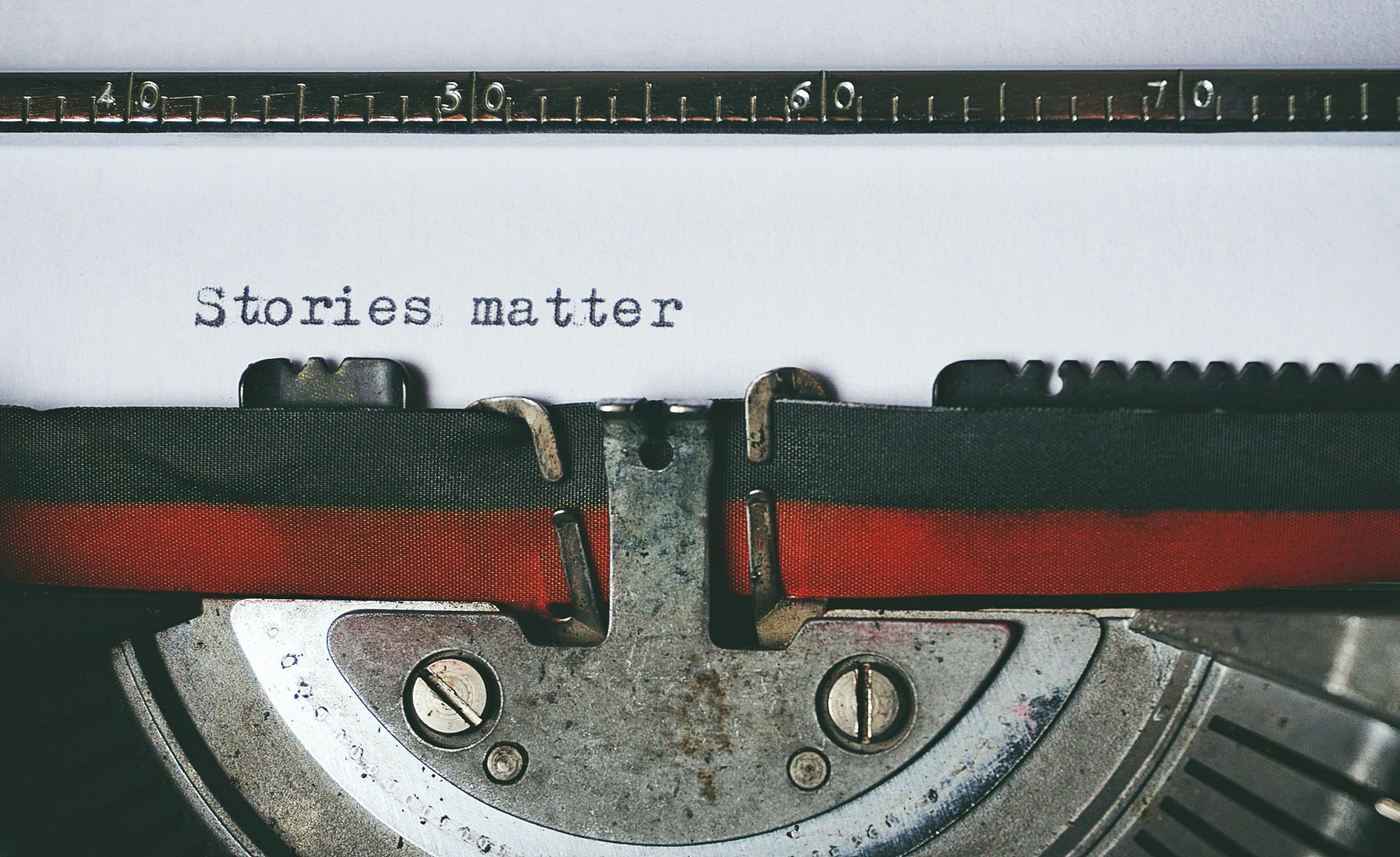How to Leave Your Story: A Complete Guide to Preserving Your Life's Journey

Your life story is unique and irreplaceable. Every experience, triumph, challenge, and lesson creates the tapestry of who you are. But how do you capture and preserve these memories for future generations? This comprehensive guide will explore the many ways to document and share your personal history.
Understanding the Value of Your Story
Everyone has a story worth telling. Whether you've lived what feels like an ordinary life or one filled with extraordinary adventures, your experiences and perspectives are valuable to future generations. Your story provides:
- Family context and history
- Cultural insights
- Life lessons
- Personal connections
- Historical perspectives
Professional Story Capture Services
Personal Historians and Biographers
Professional story capture services offer structured ways to preserve your history:
What They Provide:
- Skilled interviewing
- Professional editing
- Archival-quality products
- Multiple format options
- Organized narratives
Cost Considerations:
- Basic packages ($1,000-$3,000)
- Full biographies ($5,000-$25,000+)
- Video productions ($2,500-$10,000)
- Audio histories ($500-$2,500)
- Mixed media projects (varies)
Popular Services Include:
- StoryCorps
- Free community recording sessions
- Professional-quality audio
- National archive inclusion
- Interview guidance
- Digital preservation
- Legacy Story Writers
- Professional writers
- Multiple interview sessions
- Photo integration
- Family collaboration
- Custom books
- Video Biography Services
- Professional filming
- Edited productions
- Family participation
- Location shooting
- Archival integration
DIY Story Preservation
Written Formats
Creating your own written history offers flexibility and personal touch:
Traditional Approaches:
- Personal journals
- Memoir writing
- Letters to family
- Themed essays
- Timeline narratives
Digital Options:
- Blog platforms
- Online journals
- Email collections
- Social media archives
- Digital scrapbooks
Writing Tips:
- Start with structure
- Use prompts when stuck
- Include specific details
- Write regularly
- Share as you go
Audio and Video Recording
Modern technology makes self-recording easier than ever:
Equipment Needs:
- Quality smartphone or camera
- External microphone
- Good lighting
- Quiet location
- Storage solution
Recording Suggestions:
- Short, focused sessions
- Clear topics
- Regular schedule
- Family participation
- Proper labeling
Genealogy and Family Trees
Building Your Family Context
Genealogy provides crucial framework for your personal story:
Research Tools:
- Ancestry.com
- FamilySearch
- MyHeritage
- Local libraries
- National archives
Documentation Needs:
- Birth certificates
- Marriage records
- Death certificates
- Immigration papers
- Property records
DNA Testing Options:
- 23andMe
- AncestryDNA
- MyHeritage DNA
- Family Tree DNA
- Regional databases
Visual Storytelling
Photography Collections
Photos bring stories to life:
Organization Methods:
- Chronological order
- Thematic grouping
- Family branches
- Life events
- Geographic locations
Preservation Steps:
- Scan old photos
- Label everything
- Store properly
- Create backups
- Share copies
Digital Management:
- Cloud storage
- Multiple backups
- Organized folders
- Metadata inclusion
- Sharing platforms
Creating Memory Books
Combine photos and stories in lasting formats:
Book Types:
- Photo albums
- Scrapbooks
- Coffee table books
- Theme collections
- Year-by-year volumes
Professional Services:
- Shutterfly
- Mixbook
- Snapfish
- Local printers
- Custom publishers
Technology Tools
Digital Preservation
Modern tools offer new ways to preserve stories:
Apps and Platforms:
- StoryWorth
- Legacy Box
- MemoryWell
- FamilySearch Memories
- RecordaLife
Cloud Storage:
- Google Drive
- Dropbox
- iCloud
- Amazon Photos
- External drives
Social Media Archives
Don't forget your digital life:
Platform Options:
- Facebook memories
- Instagram highlights
- Twitter archives
- Blog collections
- LinkedIn history
Preservation Steps:
- Download archives
- Organize content
- Select highlights
- Add context
- Store safely
Organizing Your Story
Thematic Approaches
Consider organizing your story by themes:
Common Categories:
- Childhood memories
- Career journey
- Family traditions
- Life lessons
- Historical events
Personal Angles:
- Values and beliefs
- Key relationships
- Major decisions
- Life changes
- Future hopes
Chronological Documentation
Timeline-based organization helps maintain context:
Life Stages:
- Early years
- School days
- Young adulthood
- Career period
- Family life
Historical Context:
- Major world events
- Cultural changes
- Technological advances
- Social movements
- Personal milestones
Including Supporting Materials
Documents and Artifacts
Enhance your story with physical items:
Important Papers:
- Letters
- Certificates
- Awards
- Diplomas
- Licenses
Personal Items:
- Artwork
- Crafts
- Collections
- Memorabilia
- Special objects
Recipes and Traditions
Don't forget cultural elements:
Family Customs:
- Holiday traditions
- Special recipes
- Cultural practices
- Religious observances
- Family rituals
Documentation Methods:
- Written descriptions
- Photo series
- Video captures
- Audio recordings
- Physical preservation
Practical Tips for Success
Getting Started
Begin your story project with these steps:
- Choose Your Format:
- Written
- Audio
- Video
- Mixed media
- Digital
- Create a Timeline:
- Key events
- Major transitions
- Important dates
- Significant people
- Notable places
- Gather Materials:
- Photos
- Documents
- Letters
- Objects
- Records
Maintaining Momentum
Keep your project moving forward:
Regular Schedules:
- Weekly writing
- Monthly recording
- Quarterly reviews
- Annual updates
- Family sessions
Progress Tracking:
- Set goals
- Track completion
- Review regularly
- Update plans
- Share progress
Sharing Your Story
Family Distribution
Ensure your story reaches its audience:
Distribution Methods:
- Physical copies
- Digital sharing
- Family gatherings
- Regular updates
- Archived collections
Access Considerations:
- Multiple formats
- Easy accessibility
- Update ability
- Privacy controls
- Future access
Privacy and Sensitivity
Balance sharing with discretion:
Consider:
- Personal boundaries
- Family privacy
- Sensitive topics
- Future impact
- Legal issues
Professional Support
When to Seek Help
Consider professional assistance for:
- Complex projects
- Technical needs
- Large collections
- Special formats
- Time constraints
Types of Help:
- Personal historians
- Archivists
- Digital specialists
- Writers
- Videographers
Leaving your story is one of the most valuable gifts you can give future generations. Whether you choose professional services or DIY methods, the important thing is to start capturing your memories, experiences, and wisdom now.
Remember:
- Start early
- Be consistent
- Include context
- Share regularly
- Preserve carefully
Your story matters. By taking time to preserve it, you create a lasting connection to future generations who will value understanding their roots and the journey that led to their own lives.
Need help getting started? Consider scheduling a family meeting to discuss your story preservation plans or reach out to a personal historian for professional guidance. The sooner you begin, the richer and more complete your story will be.
Disclaimer: This content is for informational purposes only and does not constitute professional financial, legal, or medical advice. Always consult with qualified professionals for guidance specific to your individual circumstances.




